Lithium-ion batteries are the leading technology in portable power stations and solar generators. But what is a lithium-ion battery? Built with lithium ions, these popular rechargeable batteries power electrical devices, including smartphones, laptops, heaters, refrigerators, ACs, etc.
Jackery is a renowned solar brand manufacturing portable power stations and solar generators. Jackery Explorer 3000 Pro is the ultimate power solution with a battery capacity of 3024Wh. It can help you charge 99% of your home or outdoor electrical devices for an extended period of time.
What Is A Lithium-Ion Battery
Before we dive deep into the topic, let us answer the question: what is a lithium-ion battery? Lithium-ion batteries consist of single or multiple Li-ion cells and a circuit board. Unlike other batteries, Li-ion batteries have high energy densities and can deliver up to 3.65V.
A Li-ion cell consists of four elements: a cathode, an anode, a separator, and an electrolytic solution. A lithium-ion battery assembles more than one cell integrated into a single module. The module combined with a BMS (Battery Management System) constitutes the battery.

How A Lithium-Ion Battery Works
As mentioned above, the lithium-ion battery comprises anode, cathode, separator, and two electrodes. The remaining space of the battery is filled with an electrolyte. Below we reveal "how does a lithium-ion battery work."
During the charging process, the charger passes current to the lithium-ion battery. The lithium ions start moving through the separator from the cathode to the anode. The electrical difference between the two electrodes charges the battery.
Unlike charging, the discharge circuit is formed between the anode and cathode in discharging. In this case, the lithium ions are stored in the anode, which then moves to the cathode. Lastly, the energy is used, causing the battery to discharge.

Let's now understand how electricity flows in a lithium-ion cell. The cell also consists of an anode, a cathode, an electrolyte medium, and a separator. In the lithium-ion battery, an ether-based solution acts as an electrolyte.
This sophisticated solution allows lithium-ion to pass while stopping the electrons from passing through the microscopic holes in the separator. The lithium ions move and meet with their long-lost electrons in the cathode to create a reduction reaction.
The Pros and Cons of Lithium-Ion Battery
Lithium-ion batteries have several advantages compared to other batteries, such as nickel-cadmium or nickel-metal-hydride. But how to charge a lithium-ion battery? These lithium batteries can be charged using solar panels, making them a clean and green solution. Despite their technological promise, there are a few things that one must keep in mind with regard to safety.
Pros
- Lithium-ion batteries have a higher energy and power density.
- They are rechargeable with minimal memory effect.
- They charge faster and can hold power for a long time.
- Li-ion battery has a low self-discharge (less than NiMh and NiCd)
- These batteries have a long lifecycle and extended shelf-life
Cons
- The Li-ion battery requires a protection circuit, so there is no thermal runaway.
- It can degrade at high temperatures and high voltage.
The Usage of Lithium-Ion Batteries
Modern lithium-ion batteries are used for a wide range of applications. Here are some common uses of Li-ion batteries in day-to-day life.
- Electric Vehicles (EVs): These vehicles generally require batteries or cells with long life, quick charging ability, and stability. For this reason, automakers use lithium-ion batteries.
- Portable Electronics: Products such as tablets, laptops, smartphones, and other electronic devices use Li-ion batteries with high power density.
- Medical Devices: Portable medical equipment like hearing aids, pacemakers, etc., use Li-ion batteries as they have longer lifespans and low self-discharge.
The Types of Lithium-Ion Batteries
Different types of lithium batteries use unique active materials and have their benefits and drawbacks.
Lithium Cobalt Oxide (LCO)
LCO batteries have higher specific energy but low specific power. They are common in small portable electronics, like tablets, phones, etc. However, they are expensive due to the high cost of cobalt.
Lithium-ion Manganese Oxide (LMO)
These LMO batteries use lithium manganese oxide as a cathode. They deliver higher currents and better thermal stability than LCO batteries. The main downside of LMO is its short lifespan.
Lithium Iron Phosphate (LFP)
Lithium iron phosphate battery, or LiFePO4, uses phosphate as a cathode and graphite carbon electrode as an anode. They have a long lifecycle with good electrochemical performance and thermal stability. However, they have relatively low specific energy.
Lithium Nickel Manganese Cobalt Oxide (NMC)
NMC batteries combine three main elements as cathode: nickel, cobalt, and manganese. They have a longer lifespan and high energy density at low cost. The only drawback of NMC is that they have a slightly lower voltage than most cobalt-based batteries.
Lithium Nickel Cobalt Aluminium Oxide (NCA)
The NCA batteries offer high specific energy and a long lifecycle. They can deliver a high amount of current for long periods. However, these batteries are less safe and more expensive than most other lithium technologies.
Lithium Titanate (LTO)
Lithium titanate batteries are generally safer and have a long lifespan. These batteries can charge faster than other types available in the list. You can usually find these batteries in EVs, charging stations, solar street lights, etc. However, they are expensive and offer low energy density.

Jackery Lithium-Ion Portable Power Station
Jackery offers a wide range of solar power stations with safe and long-lasting lithium-ion batteries. Whether you're looking for a power solution for your home, outdoors, or working, Jackery's range of power stations has got you covered.
Jackery Explorer 500 Power Station
One of the smallest and most portable solutions comes with a 518Wh lithium-ion battery. It can charge small and mid-size devices like tablets, smartphones, etc. It weighs only 13.32 lbs, making them ideal for short and long trips.
Customer Review
"I purchased the Jackery 500 for long road trips and car camping. It has also come in handy during power outages. When using this to just keep personal electronics charged, it easily lasts through an entire weekend." — Eric Carbognin.
Jackery Explorer 1000 Plus Portable Power Station
Whether you are looking for an emergency power backup solution for power outages or want an outdoor power station, the Jackery Explorer 1000 Plus Portable Power Station. The compact design, sturdy handle, and large capacity ensure you can enjoy more power without the need to lift a heavy power station. It is also expandable with the help of an additional Jackery Battery Pack 1000 Plus, ensuring the capacity can be expanded from 1.2kWh to 5kWh.
Customer Review
"When I got this, I thought I'd put it to the test and plug it into my refrigerator at 350W. At this wattage, Jackery's estimation was just under three hours. Plugged in my refrigerator at 7:30 a.m. and pulled the plug at 7:30 p.m. with 59% battery life left, and I can add 2 more battery packs to this system. Incredibly happy with my purchase." — Dan R.
Jackery Explorer 2000 v2 Portable Power Station
If you often plan long outdoor trips in your RV, camper, or trailer, you can consider investing in the Jackery Explorer 2000 v2 Portable Power Station. It is counted among the lightest and smallest 2kWh backup power, which is 40% smaller and 34% lighter compared to other solar-powered generators of the same capacity. You can connect the home backup power station with the electricity system to offer seamless switching from utility grid to battery backup in less than 20 seconds.
Customer Review
"I have been looking at solar and lithium batteries for my camper van, and the idea of using them for emergency backup power at home was intriguing. I like the size, weight, and simplicity of the 2000 V2. Jackery is a trusted brand, and the website is easy to navigate with all the information I need." — Customer.
Jackery Explorer 2000 Plus Portable Power Station
The Jackery Explorer 2000 Plus Portable Power Station has a large battery capacity that makes it ideal for off-grid living, long-term power outages, and extended RV trips. It lets you charge 99% of your outdoor appliances, ensuring comfort is never limited to the home. With the Jackery Manual Transfer Switch, the battery backup can be connected to the home's electricity grid for a seamless switchover from grid power to the battery. The battery capacity can be extended from 2kWh to 24kWh with the add-on battery packs for those with high power needs.
Customer Review
"Bought the 2000 Plus portable power station. Charged it up to 100% really quickly and a couple weeks later tested it by letting it run my full size fridge. Ran it with no problem all day & half the night for about 16 hrs. Recharged it back up via the AC outlet again really quickly." — Steve Dunn.
Jackery Explorer 3000 Pro Power Station
The popular Jackery Explorer 3000 Pro is designed to supply electricity to 99% of home appliances. The lithium-ion battery, with a capacity of 3024Wh, can be an ideal battery backup for home, RV trips, and travel trailers.
Customer Review
"Used this during my last camping trip, and it is awesome! Powered microwave, a portable fridge/freezer, and 2 heated blankets at night, and I still have plenty of battery left the next day." — Christian.
|
Portable Power Station |
Capacity |
Recharging Time |
Ports |
Appliances |
|
Explorer 500 |
NMC Battery 24Ah/21.6V (518.4Wh) |
AC Adapter: 7.5H Car Adapter (12V): 7.5H 1 x SolarSaga 100W Solar Panel: 9.5H |
AC Output (x1): 110V, 60Hz, 500W (1000W Peak) DC Output (x2): 12V⎓7A USB-A Output (x3): 5V⎓2.4A Car Port (x1): 12V⎓10A AC Input: doesn't support direct AC charging - use external AC charger provided DC Input: 24V⎓3.75A |
CPAP (28W): 14.8H Electric blanket (55W): 7.5H Blender (300W): 1.3H Space Heater (350W): 1.1H
|
|
Jackery Solar Generator 1000 Plus |
LiFePO4 45.6Ah / 44.8V DC (2042.8Wh) |
AC Adapter: 1.7 Hours Car Adapter (12V): 7 Hours 6 x SolarSaga 200W Solar Panel: 2 Hours 2 x SolarSaga 100W Solar Panel: 9 Hours |
AC Output(x3): 120V~60Hz, 2000W (4000W Peak) USB-A Output(x2): 18W Max, 5-5V⎓3A USB-C Output(x2): 100W Max, (5V, 9V, 12V, 15V, 20V up to 5A) Car Port(x1): 12V⎓10A |
Blender (300W): 3.3H Kettle (850W): 1.1H Space Heater (350W): 2.8H Microwave (700W): 1.4H Toaster (650W): 1.5H Ice Shaver (700W): 1.4H |
|
Jackery Solar Generator 2000 v2 |
LiFePO4 45.6Ah / 44.8V DC (2042Wh) |
AC Adapter: 2 Hours Car Adapter (12V): 24 Hours Wall Charging Emergency Super Charge: 1.7H 2 x SolarSaga 200W Solar Panel: 7.5 Hours |
AC Output(x3): 120V ~ 60Hz, 18.3A USB-A Output(x1): 18W Max, 5-6V⎓3A, 6-9V⎓2A, 9-12V⎓1.5A USB-C Output(x2): 30W Max, 5V⎓3A, 9V⎓3A, 12V⎓2.5A, 15V⎓2A, 20V⎓1.5A; 100W Max, 5V⎓3A, 9V⎓3A, 12V⎓3A, 15V⎓3A, 20V⎓5A Car Port(x1): 12V⎓10A Max |
Blender (300W): 5.4H Toaster (650W): 2.5H Microwave (700W): 2.3H Kettle (850W): 1.9H Ice Shaver (700W): 2.3H Air Conditioner (1150W): 1.4H |
|
Jackery Solar Generator 2000 Plus |
LiFePO4 45.6Ah / 44.8V DC (2042.8Wh) |
AC Adapter: 2 Hours Car Adapter (12V): 25 Hours 6 x SolarSaga 200W Solar Panel: 2 Hours 2 x SolarSaga 200W Solar Panel: 7 Hours 1 x SolarSaga 200W Solar Panel: 14 Hours |
AC Output(×4):120V~ 60Hz, 20A Max AC Output(×1):120V~ 60Hz, 25A Max USB-A Output(x2): Quick Charge 3.0, 18W Max USB-C Output(x2): 100W Max, (5V, 9V, 12V, 15V, 20V up to 5A) Car Port(x1): 12V⎓10A |
Blender (300W): 5.4H Toaster (650W): 2.5H Microwave (700W): 2.3H Kettle (850W): 1.9H Ice Shaver (700W): 2.3H Air Conditioner (1150W): 1.4H |
|
Explorer 3000 Pro |
NMC Battery 70Ah/43.2V (3024Wh) |
AC Adapter: 2.4H Car Adapter (12V): 35H 6 x SolarSaga 200W Solar Panel: 2.8H 6 x SolarSaga 100W Solar Panel: 9H |
AC Output (x1): 120V~ 60Hz 25A Max AC Output (x3): 120V~ 60Hz 20A Max USB-C Output (x2): 100W Max, 5V⎓3A, 9V⎓3A, 12V⎓3A, 15V⎓3A, 20V⎓5A Car Port (x1): 12V,10A Max AC Input: 120V, 60Hz, 15A Max DC Input: 2x DC 8mm Ports: 11-17.5V (Working Voltage)⎓8A Max, Double to 8A Max; 17.5-60V (Working Voltage)⎓12A, Double to 24A/1400W Max |
Blender (300W): 8.0H Space Heater (350W): 6.9H Microwave (700W): 3.4H Kettle (850W): 2.8H Ice Shaver (700W): 3.4H Air Conditioner (1150W): 2.1H |
You must note that the working hours of the appliances are just for reference and may vary from actual runtime.
Lithium-Ion Battery FAQs
What is the difference between a lithium-ion battery and a regular battery?
Lithium-ion batteries are rechargeable and have a longer shelf life than regular or alkaline batteries. Another difference between lithium-ion and regular batteries is that alkaline batteries have standard sizes, while lithium batteries are customizable.
How to increase the lithium-ion battery lifespan?
The estimated life of the lithium-ion battery is around 300 to more than 2000 charge cycles. Some measures to increase the lifespan of Li-ion batteries include using a battery management system, avoiding overcharging and deep cycling, and keeping the batteries cool.
Is lithium-ion battery worth it?
In short, yes. Lithium-ion batteries are known for higher energy and power density. Compared to heavier lead-acid batteries, Li-ion batteries are lighter and used in portable devices.
Final Thoughts
What is a lithium-ion battery is less of a question as these batteries are everywhere nowadays. They're in smartphones, computers, cordless power tools, and electric vehicles. There are multiple types of lithium-ion batteries available, each having pros and cons.
The ideal way to choose the best battery backup is to understand your needs, power requirements, safety, and budget. Jackery Explorer Portable Power Stations are designed with all-around safety systems. They have a long lifespan and can supply stable and reliable electricity to home or outdoor appliances.
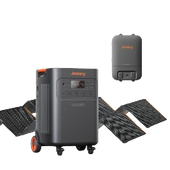
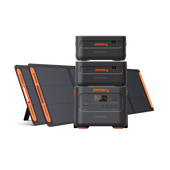
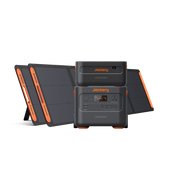
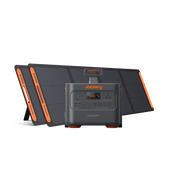

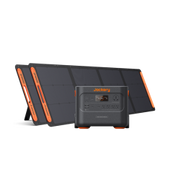
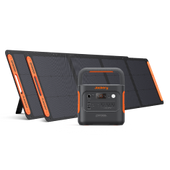

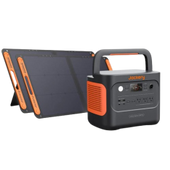
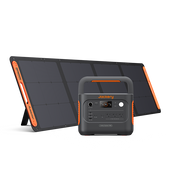
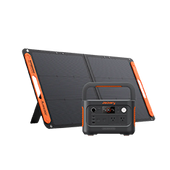

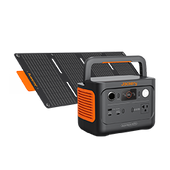
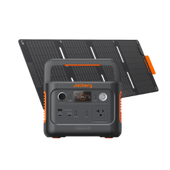
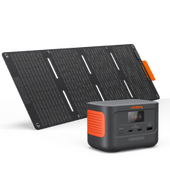
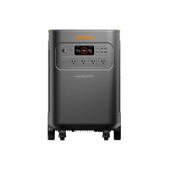

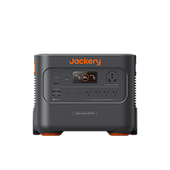
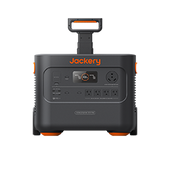
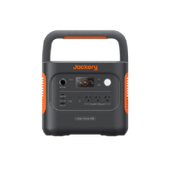
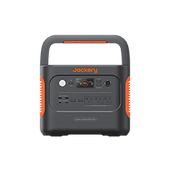
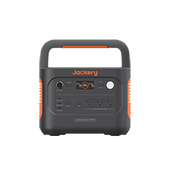
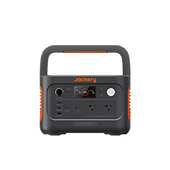
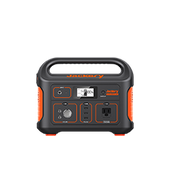
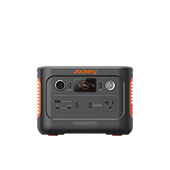

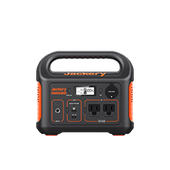
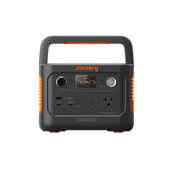
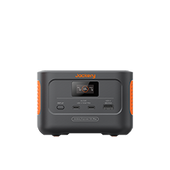



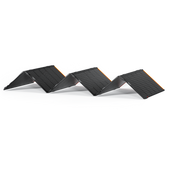
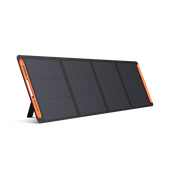
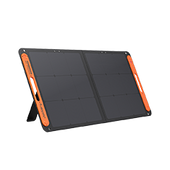
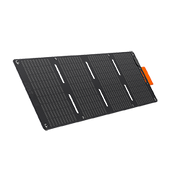
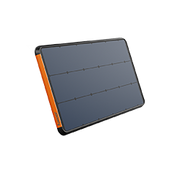
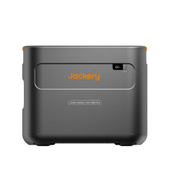
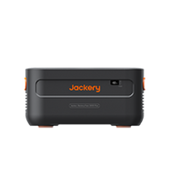
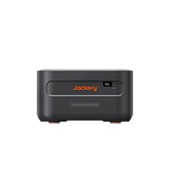

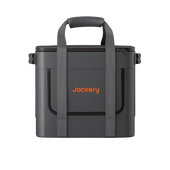
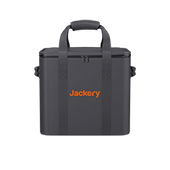
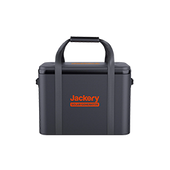
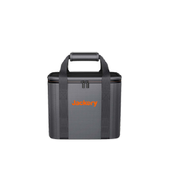
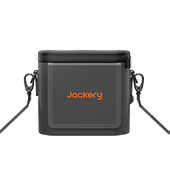
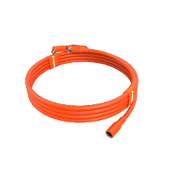
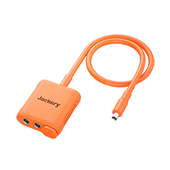
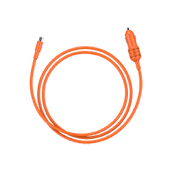

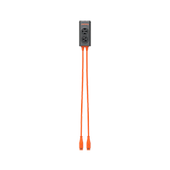
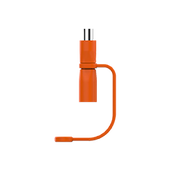
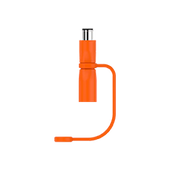
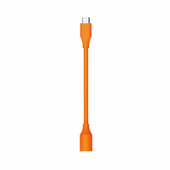
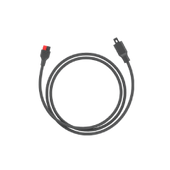
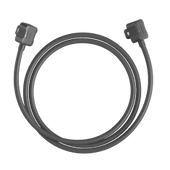
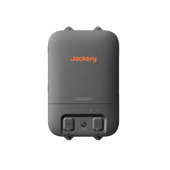
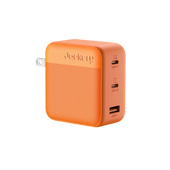

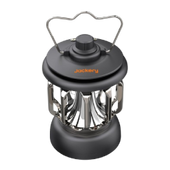


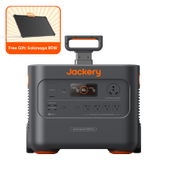
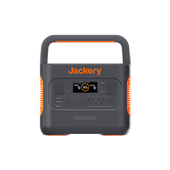
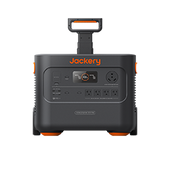
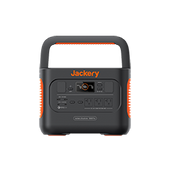
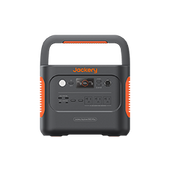
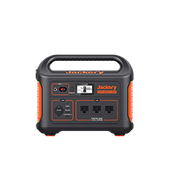
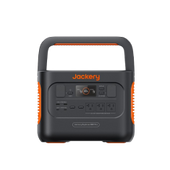
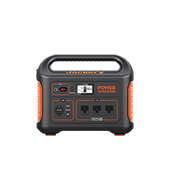
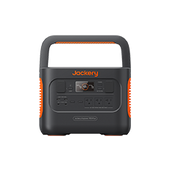
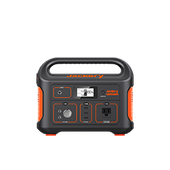
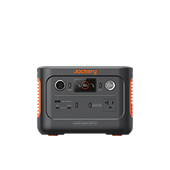
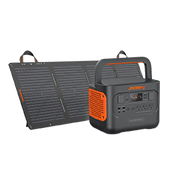
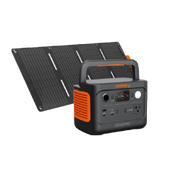
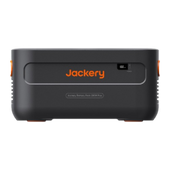
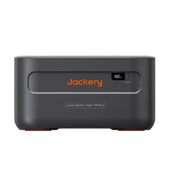


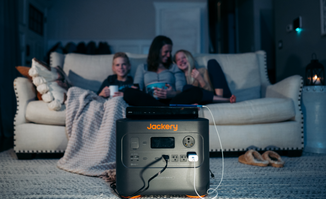

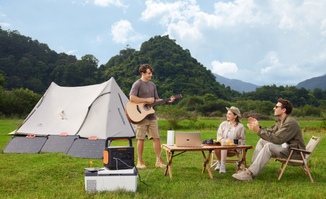
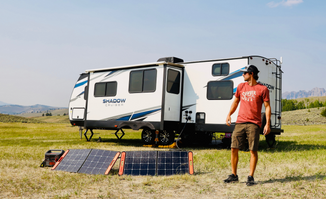

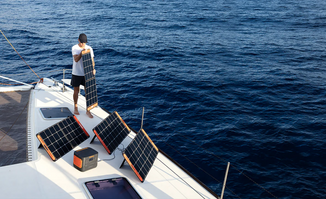
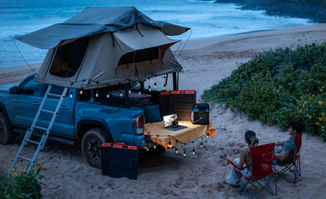
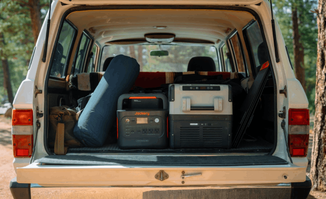




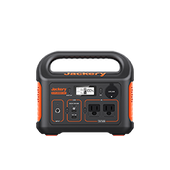

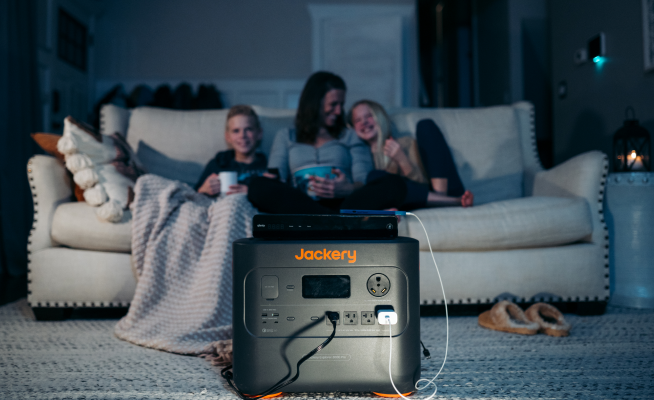

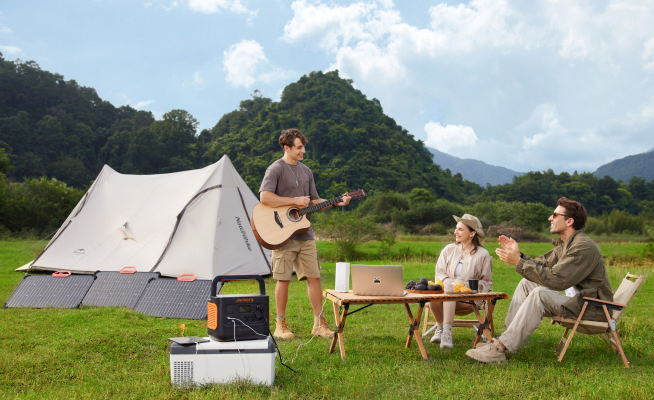
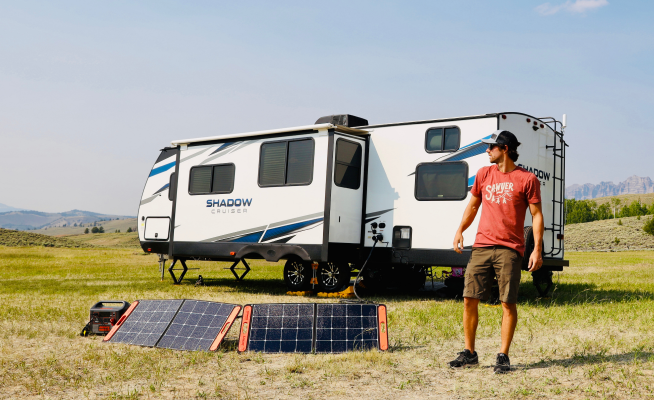

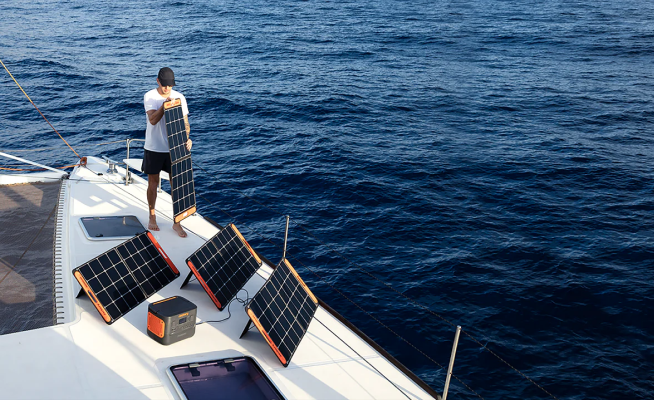
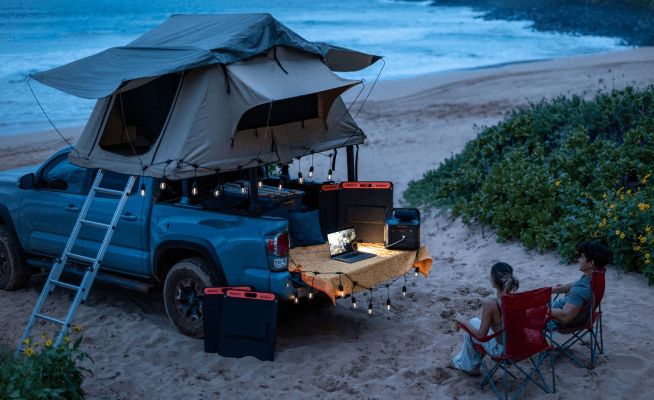
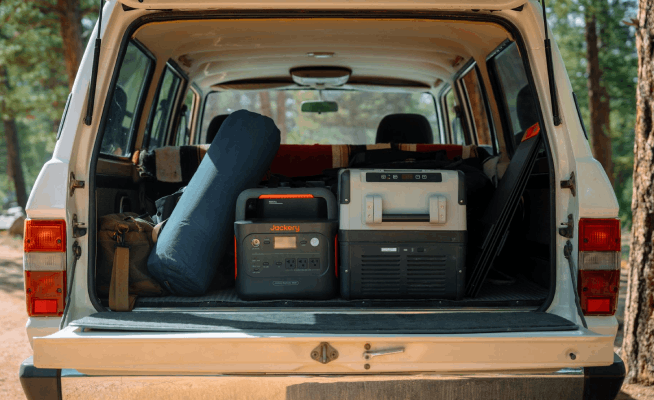

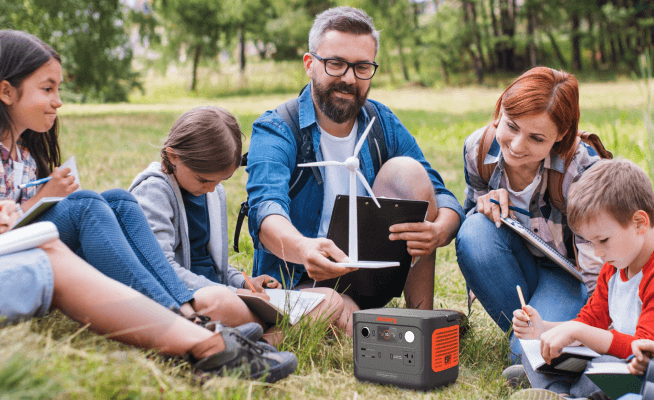
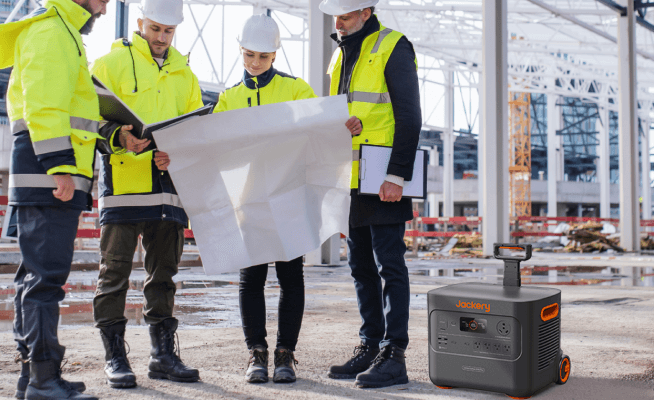










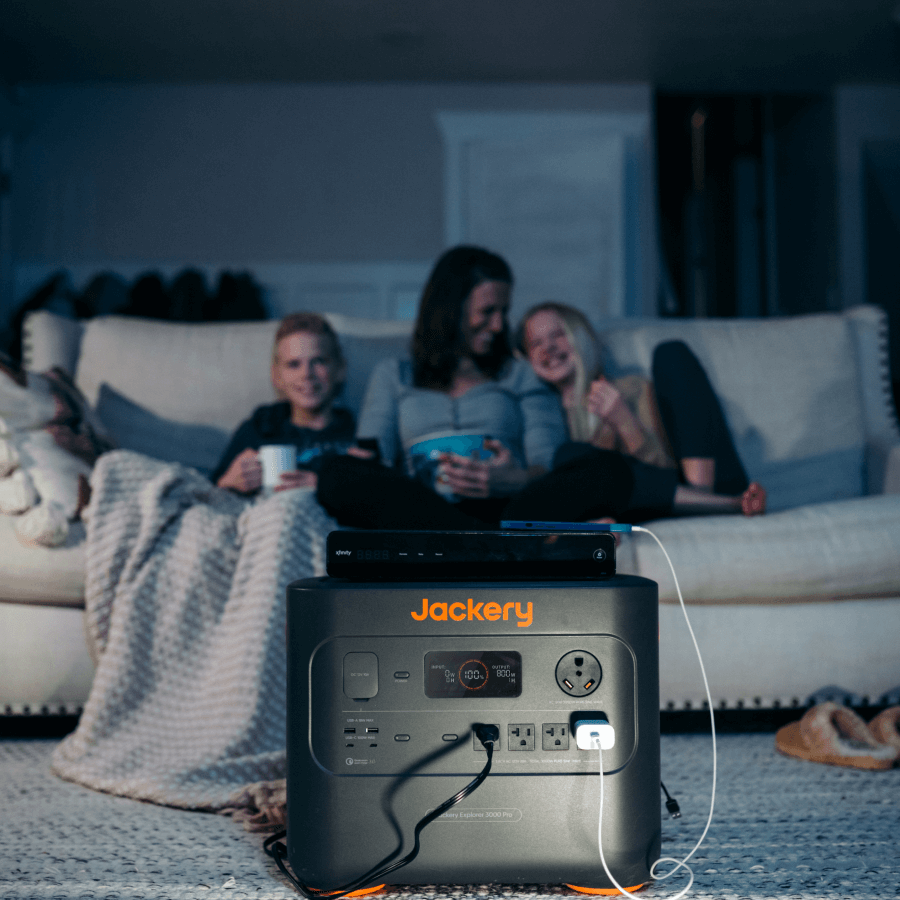
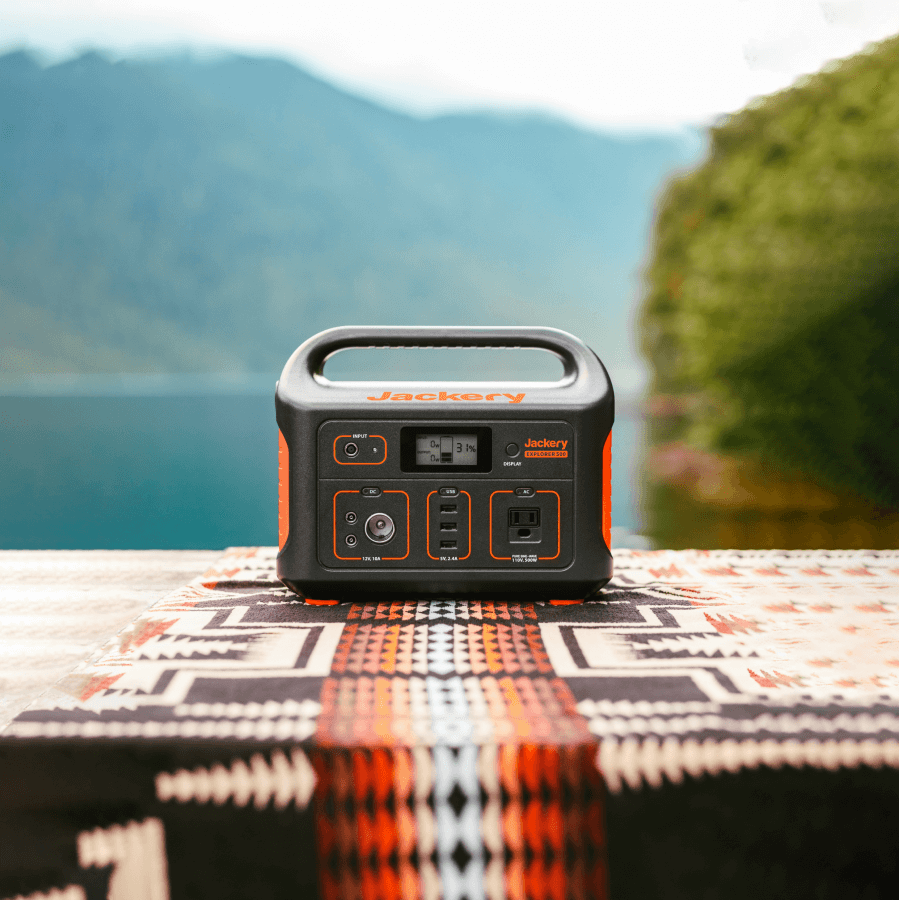
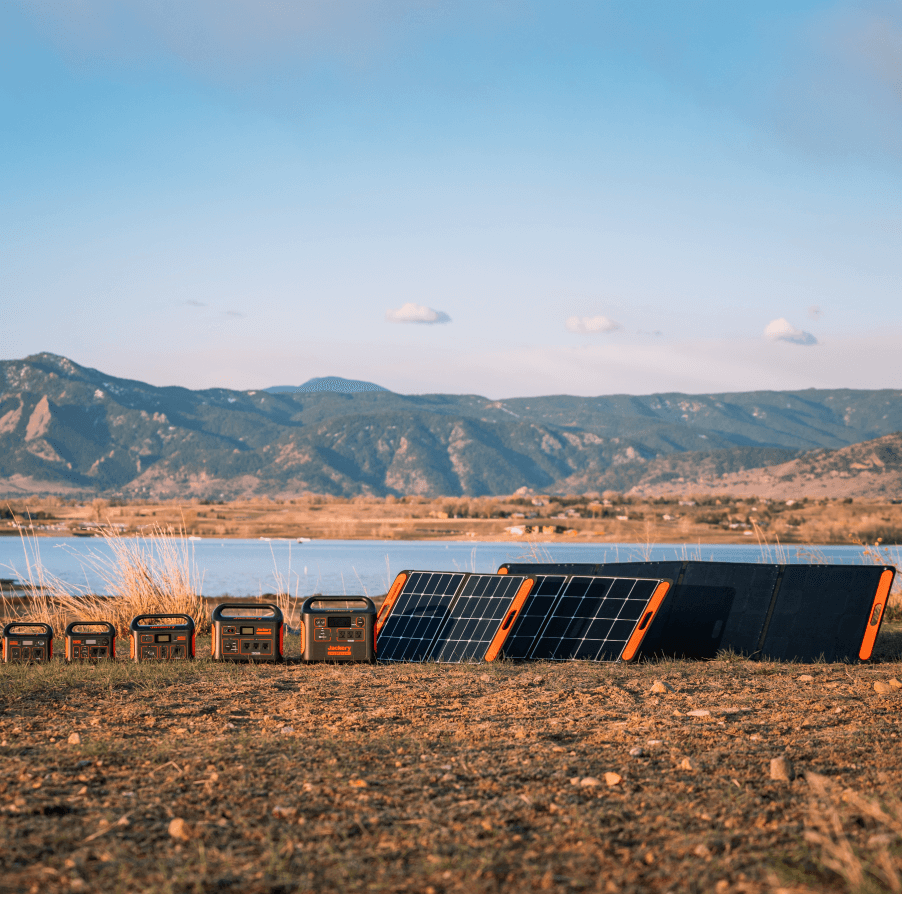

Leave a comment